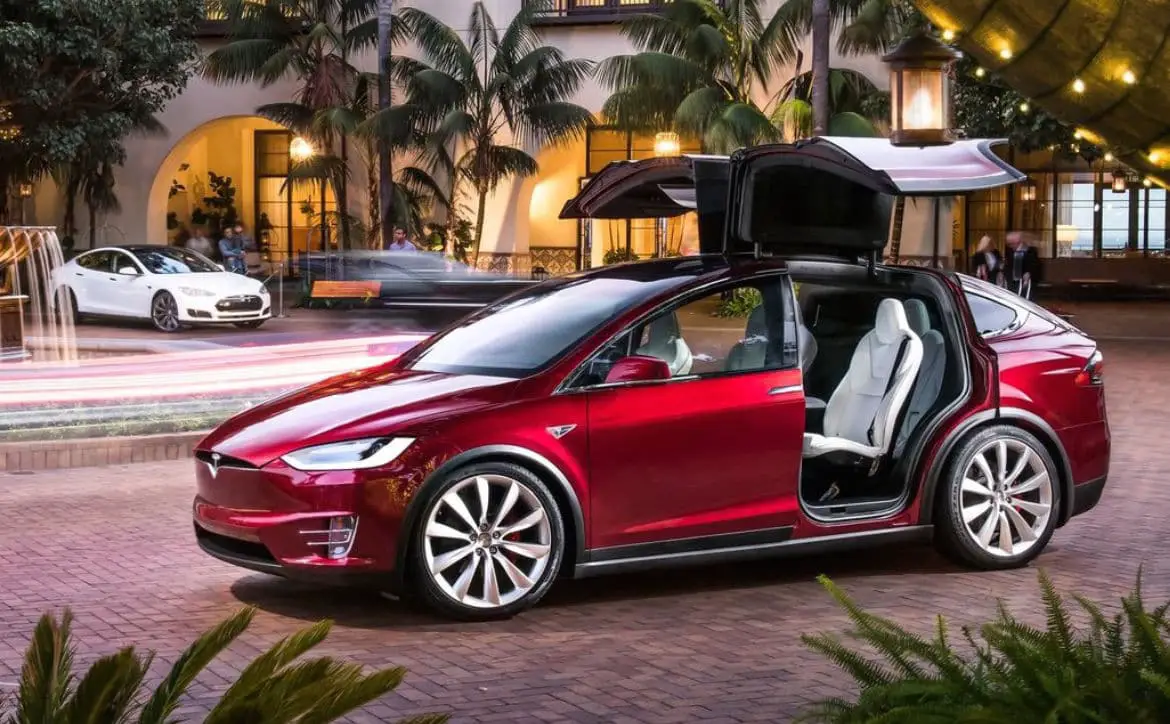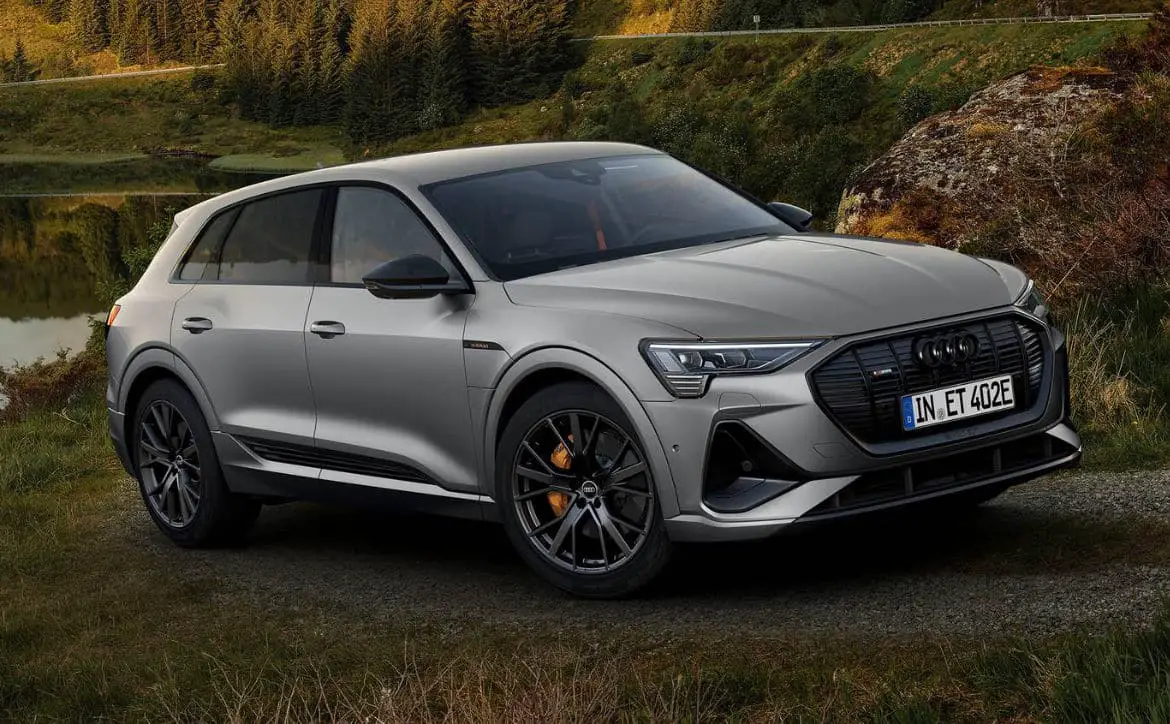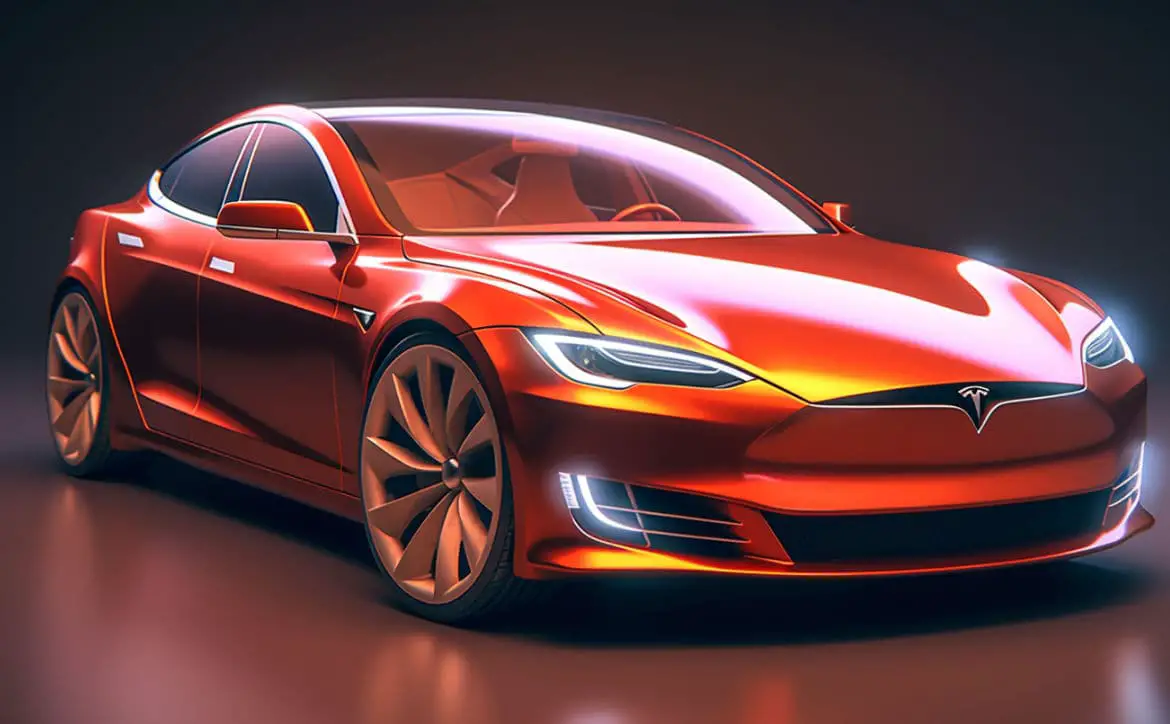Adopting electric vehicles (EVs) has been a long process, with resistance from car manufacturers and consumers alike. Overcoming hurdles like supply chain disruptions and charging infrastructure dissemination is necessary for seamless urban integration and mobility.
Estimated reading time: 5 minutes
Advancements yield milestones in electrification that are not worth overlooking.
Table of Contents
Electric Vehicles (EVs) — Milestones

Sales Projections
Not long ago, it was difficult to conceive a future where most drivers omitted gasoline from their commuting routine. However, recent projections suggest anywhere between 62% and 86% of worldwide vehicle sales will be electric vehicles by 2030.
Countries leading the charge achieve this primarily through government action and policy, which ramps manufacturing and drives down prices for expensive parts like batteries. It also provides citizens incentives and tax credits, making it even cheaper to buy now instead of waiting. Eventually, EVs will have competitive pricing against internal combustion engines(ICE), making it easier for customers to justify the switch when getting their next car.
Battery Recycling
Unified, effective battery recycling techniques and infrastructure are sparse. Few systems require corporations to have it in the first place, and the process isn’t as efficient or eco-friendly as it could be. The landscape is quickly changing to meet ESG-related supply chain targets, making EVs more circular. The hope is: These developments will translate to other industries that need to recycle their batteries, such as medical technologies.
The first challenge is increasing material recovery during the process. Advanced hydrometallurgy, which separates metals with water-based solutions, is an old method that is getting reinvigorated attention. Other startups are looking at modular battery constructions to make them easier to pick apart on an automated disassembly line.
When these novel methods are streamlined, they become profitable, which makes it easier for corporations to justify putting forth the upfront cost for the infrastructure.
Zero-Emissions Fleets
In 2023, Knight-Swift Transportation shed light on the future of decarbonized hauling for commercial outfits. It’s the first company to get its hands on the Kenworth T680E Class 8 — the first of many sustainable fleet vehicles meant for driving long distances. This milestone would not have been possible if the effort hadn’t considered adequate charging infrastructure, but it did. The 120-kilowatt chargers will support the Class 8, alongside the Class 6 and 7 short-range haulers it has.

Pressing Policies
EV adoption’s best bet in adopting as fast as possible is government buy-in. Despite being created in the last year or two, certain policies impact sales and infrastructure today. Here is a roundup of the most significant international legislation helping EVs:
- Australian Made Battery Plan in Australia
- Inflation Reduction Act in the U.S.
- Production Linked Incentives and Battery Waste Management Rules in India
- Green Deal Industry Plan in the European Union, catalyzing the Critical Raw Materials Act and the Net Zero Industry Act
This list doesn’t even include the nonlegislative, zero-emissions targets set forth by countless countries, including Greece, Finland, Singapore, Canada, Japan and more.
Charging Infrastructure Expansion
Sparse charging is one of the reasons many choose to buy an ICE instead of an EV. However, EV chargers are slowly penetrating more of the U.S. Around $623 million in grants will be spread across 22 states and Puerto Rico for 47 new charging stations, adding 7,500 ports to an ever-growing pool of fueling opportunities.
After this project, the U.S. will be one-third of the way toward the Biden Administration’s objective to have half a million chargers in the nation by 2030. As the number continues to inflate, anxiety in consumers will transform into increased EV sales.
It is more than a win for charging access — the expansion creates tons of jobs in the green energy sector. It pulls people away from feeling like they must work with fossil fuels, and it supports domestic products that boost local and national economies.
Grid Modernization
Many of the debates against EV adoption circle the U.S. power grid not being able to handle the volume. The technology needs to be updated, and chaotic weather patterns only wear it down, leading to more failures. There are fears of outages and disruptions, but countless dedicated individuals are working to bring it into a new era of efficiency and energetic potential.
Investments are crucial to EV success, and the grid obtained $3.5 billion in grants for expanded renewable energy assets, including solar and wind power. Other improvements include hardening transmission lines to be more durable against extreme weather and microgrid distribution to underserved communities.
This is all part of the Grid Resilience and Innovation Partnerships Program, which will target the majority of the U.S., producing even more green energy jobs. The increase in torrential hurricanes and rapidly spreading wildfires leave many without power or a plan, sometimes for weeks. Executing preventive measures now allows more focused climate action in the future and EVs to work more effectively in the long term.
Racing to Greener Transportation
EVs are essential for commuters and public transit. Transportation is one of the most environmentally destructive contributors to atmospheric thinning and climate change. Making fossil fuels obsolete is more critical than ever, and these milestones demonstrate humanity’s capacity to innovate and collaborate. Predicting the future of EV adoption is speculative at best, but these achievements signify a hopeful revolution.
What do you think of electric vehicles? Do you own one? Would you buy one? You may comment by using the social media buttons below. Share on your favorite social media site and tag us on Facebook, X, MeWe, and LinkedIn. Or join our Telegram channel here.
In some of our articles and especially in our reviews, you will find Amazon or other affiliate links. As Amazon Associates, we earn from qualifying purchases. Any other purchases you make through these links often result in a small amount being earned for the site and/or our writers. Techaeris often covers brand press releases. Doing this does not constitute an endorsement of any product or service by Techaeris. We provide the press release information for our audience to be informed and make their own decision on a purchase or not. Only our reviews are an endorsement or lack thereof. For more information, you can read our full disclaimer.










